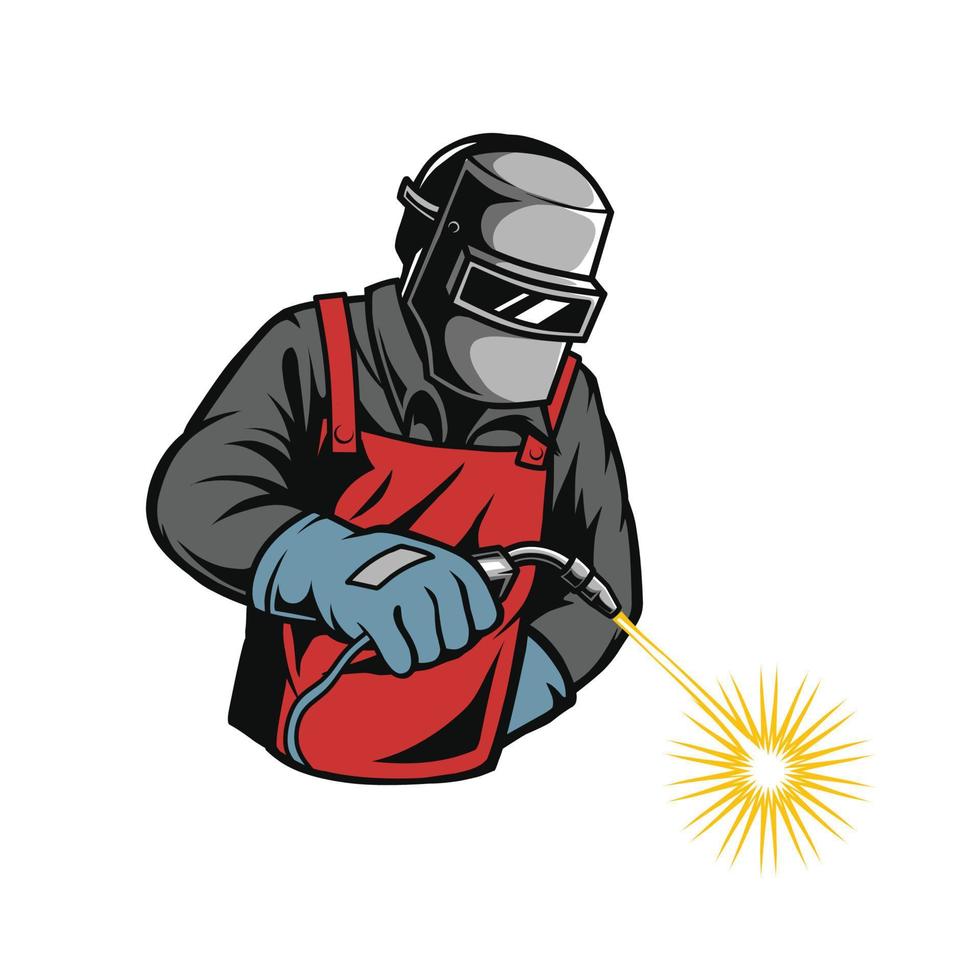Getting Welding Quality: Introducing the Keys of WPS Execution and Optimization
In the world of welding, accomplishing excellence is a search that hinges on the precise implementation and optimization of Welding Treatment Requirements (WPS) By diving into the essential aspects, methods, obstacles, and finest methods connected with WPS, a globe of welding quality waits for those who are ready to discover its depths.
Relevance of WPS in Welding
The Significance of Welding Treatment Specs (WPS) in the welding market can not be overemphasized, serving as the foundation for making sure consistency, high quality, and safety in welding procedures. A WPS gives thorough instructions on just how welding is to be accomplished, including important variables such as products, welding procedures, joint design, filler metals, preheat and interpass temperatures, welding currents, voltages, travel rates, and much more. By adhering to a well-defined WPS, welders can maintain uniformity in their work, resulting in regular weld quality across various projects.

Secret Elements of WPS
Talking about the integral elements of a welding treatment spec (WPS) is essential for comprehending its role in welding operations. One crucial element of a WPS is the welding procedure spec, which details the details welding processes to be used, such as gas tungsten arc welding (GTAW) or protected metal arc welding (SMAW) By incorporating these vital components right into the WPS, welding treatments can be standardized, making certain top quality, effectiveness, and safety and security in welding procedures.
Strategies for WPS Optimization

Secondly, training and qualification of welding personnel according to the details requirements of the WPS is extremely important. Providing extensive training programs and making certain that welders are certified to perform treatments laid out in the WPS can bring about better welds and decreased rework.
In addition, leveraging technology such as welding software and surveillance systems can aid in enhancing WPS. These devices can aid in tracking variables, guaranteeing parameters are within defined restrictions, and supplying real-time responses to welders, enabling them to make prompt adjustments for enhanced weld quality.
Common Difficulties and Solutions
Encountering obstacles in carrying out the approaches for WPS optimization can hinder welding operations' effectiveness and high quality. One usual challenge is inadequate training or understanding of the welding treatment specifications (WPS) amongst the welding team. This can lead to improper implementation of welds, causing problems and rework. To address this, comprehensive training programs should be carried out to make sure that all welders are efficient in translating and applying WPS accurately.
An additional challenge is the absence of appropriate documentation and record-keeping, which is important for WPS optimization. Without clear records of welding parameters, products made use of, and assessment results, it becomes tough to determine areas for renovation and ensure uniformity in welding processes. Implementing a durable paperwork system, see here now such as digital welding monitoring software program, can help simplify record-keeping and assist in data evaluation for try this out continuous renovation.
In addition, inconsistent welding tools calibration and maintenance can pose a substantial obstacle to WPS optimization. Routine tools checks, calibration, and maintenance timetables ought to be complied with strictly to make certain that welding parameters are properly managed and kept within the defined resistances (welding WPS). By addressing these typical obstacles with proactive options, welding operations can improve performance, top quality, and total welding excellence
Best Practices for WPS Application
To make certain effective WPS execution in welding operations, adherence to market requirements and precise attention to information are paramount. When launching WPS implementation, it is important to begin by extensively recognizing the specific welding demands of the task. This entails an extensive evaluation of the welding procedure specs, products to be bonded, and the ecological conditions in which the welding will certainly take area.
As soon as the requirements are clear, the next step is to choose the proper welding treatment that straightens with these requirements. This entails speaking with the appropriate codes and requirements, such as those supplied by the American Welding Society (AWS) or the International Organization for Standardization (ISO), to guarantee compliance and high quality.
Moreover, recording the whole WPS execution procedure is important for traceability and quality assurance. In-depth documents should be kept pertaining to welding criteria, product prep work, interpass and preheat temperature levels, welding consumables used, and any discrepancies from the initial procedure. Normal audits and testimonials of the WPS can aid determine areas for enhancement and make sure ongoing optimization of the welding procedure.


Conclusion
Finally, the execution and optimization of Welding Treatment Specifications (WPS) is important for attaining welding excellence. By comprehending the crucial elements of WPS, executing reliable approaches for optimization, dealing with typical obstacles, and following best practices, welders can make sure top quality welds and secure working problems. It is essential for experts in the welding sector to focus on the proper execution of WPS to enhance general welding efficiency and achieve wanted end results.
The Importance of Welding Procedure Specifications (WPS) in the welding industry can not be overstated, offering as the foundation for ensuring consistency, quality, and safety in welding operations. A WPS provides comprehensive directions on just how welding is to be carried out, including necessary variables such as products, welding processes, joint design, filler metals, preheat and interpass temperatures, welding currents, voltages, traveling speeds, and more. One essential aspect of a WPS is the welding procedure spec, which details the specific welding processes to be used, such as gas tungsten arc welding (GTAW) or shielded steel arc welding (SMAW) By integrating these essential components right into the WPS, welding treatments can be standardized, ensuring top quality, performance, read review and safety and security in welding operations.
It is vital for experts in the welding industry to focus on the correct application of WPS to enhance total welding efficiency and achieve desired outcomes.